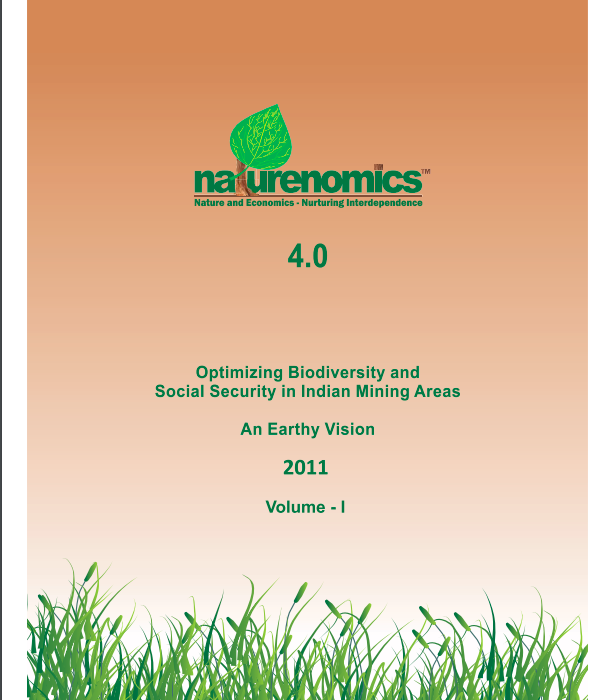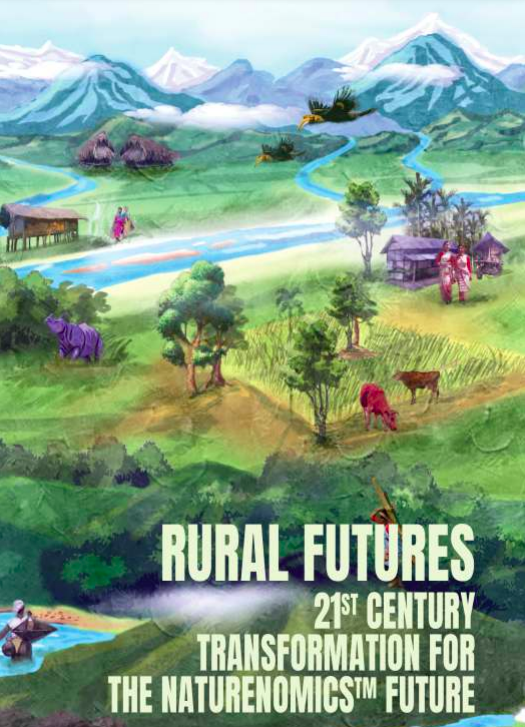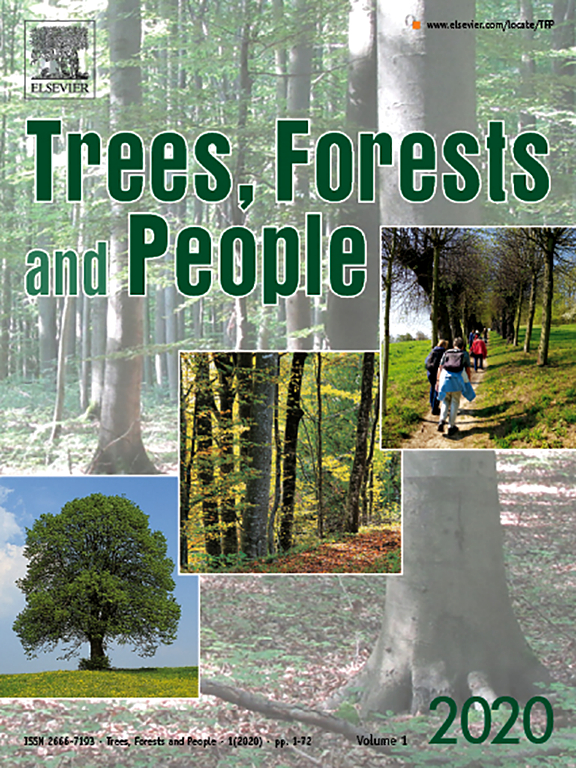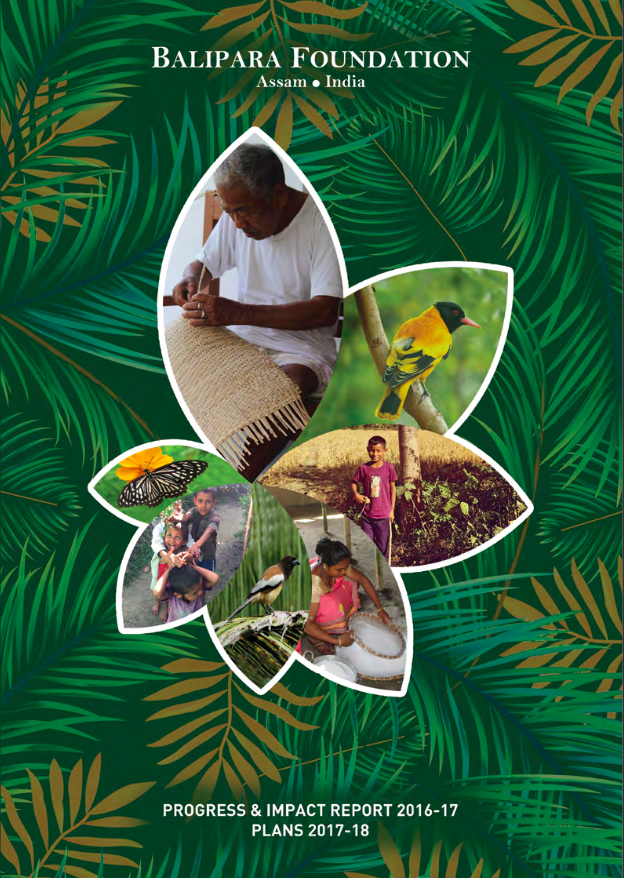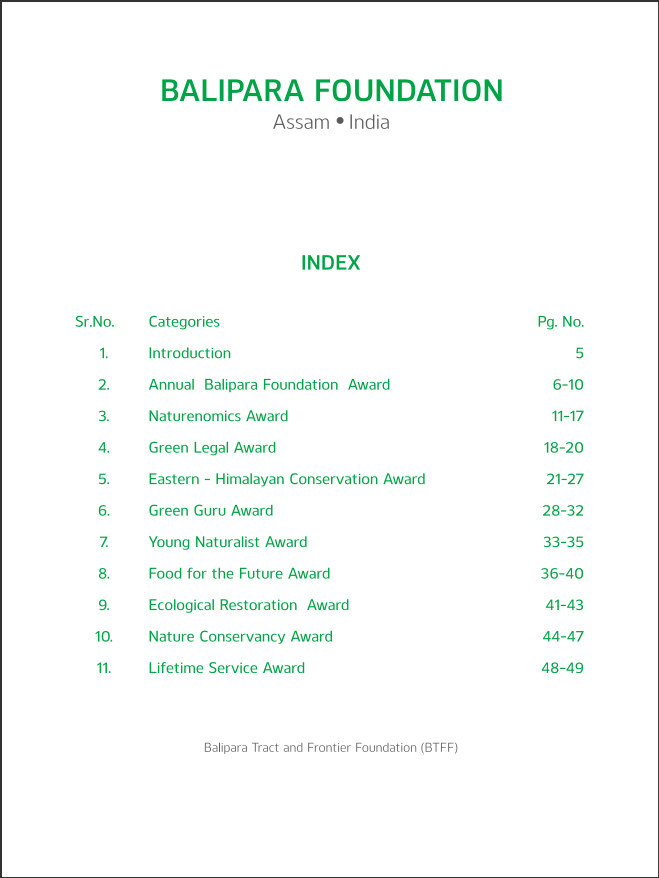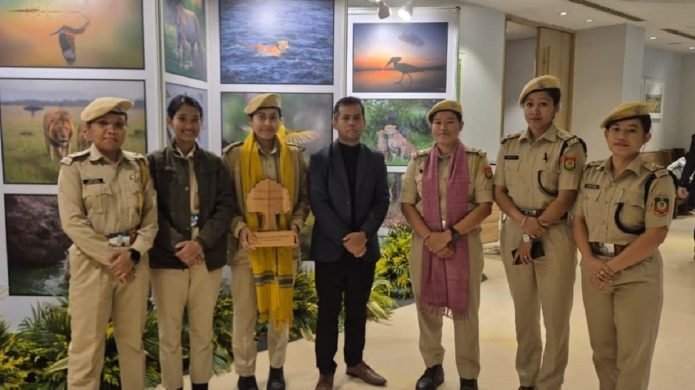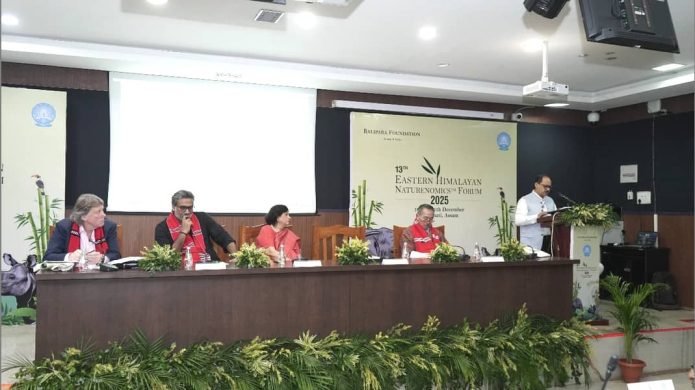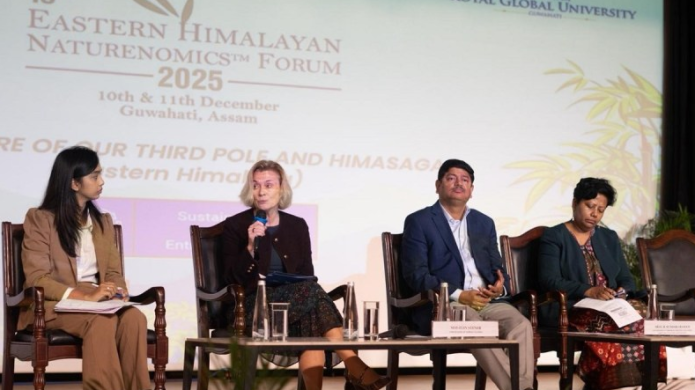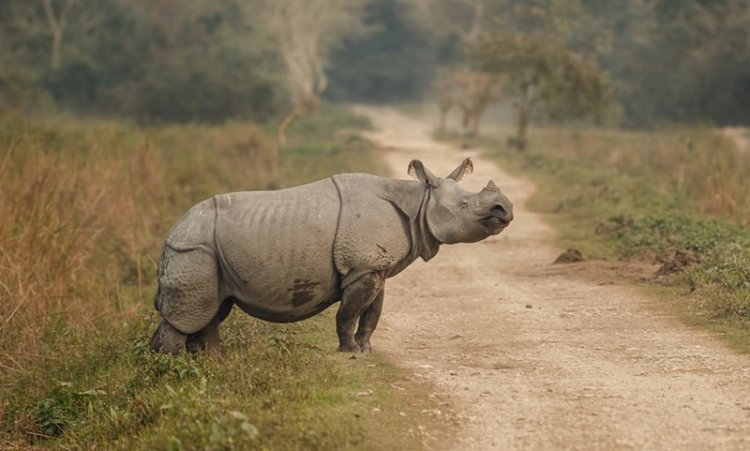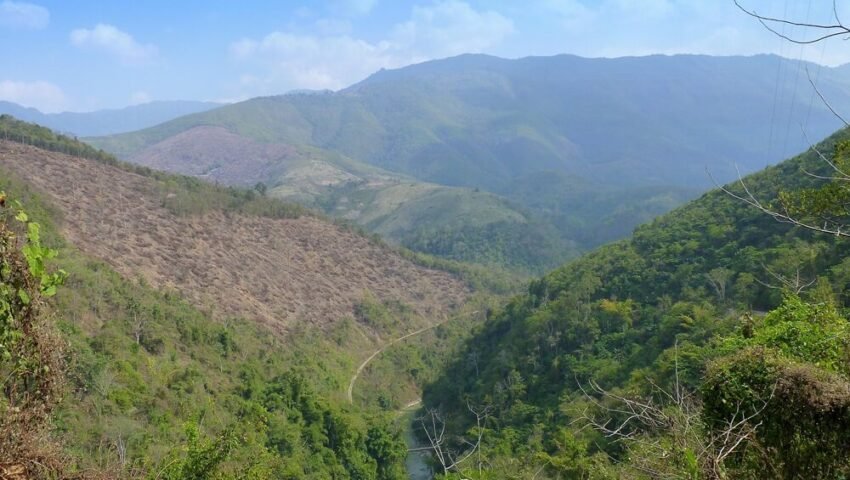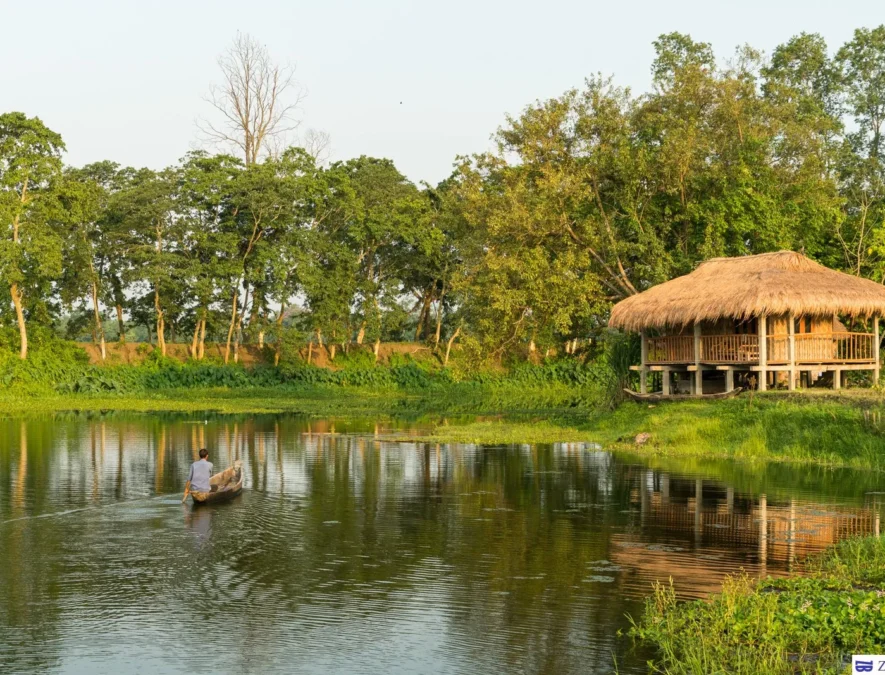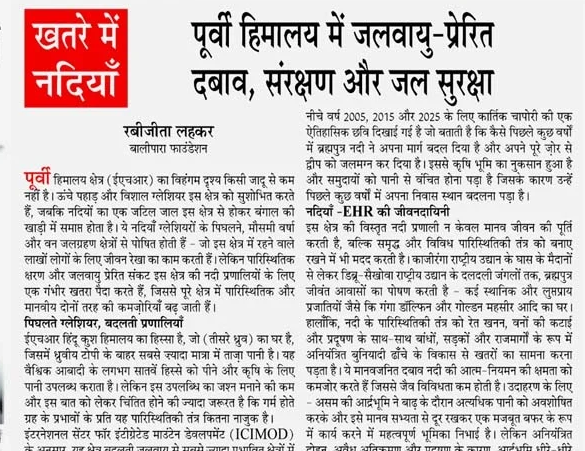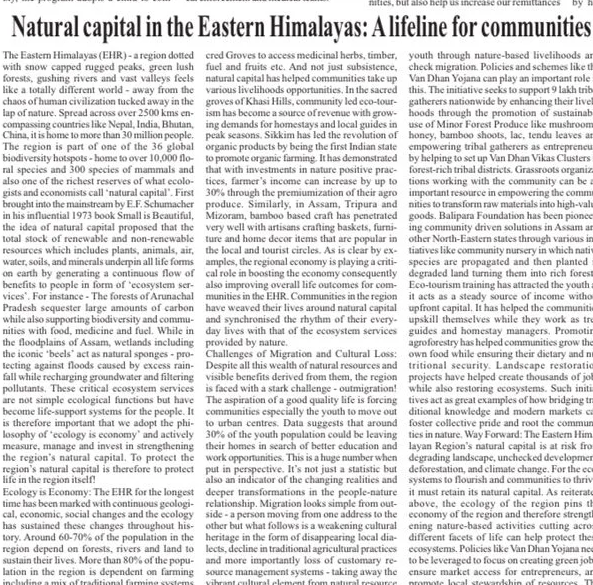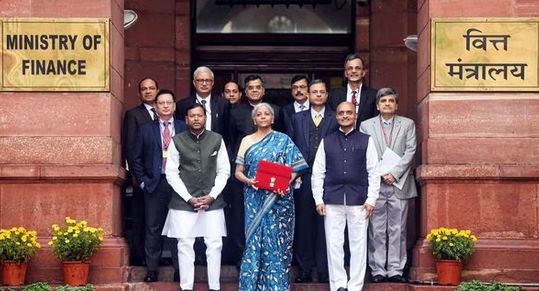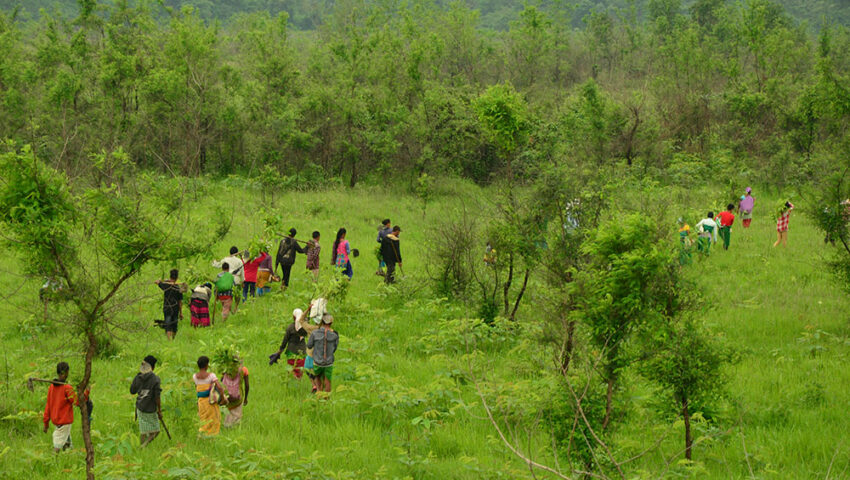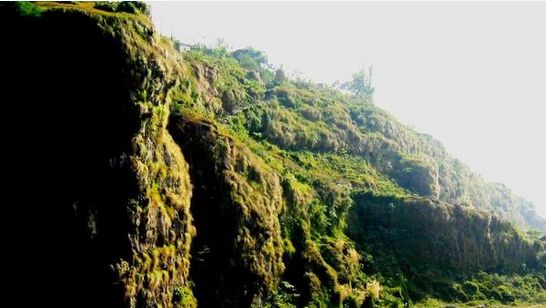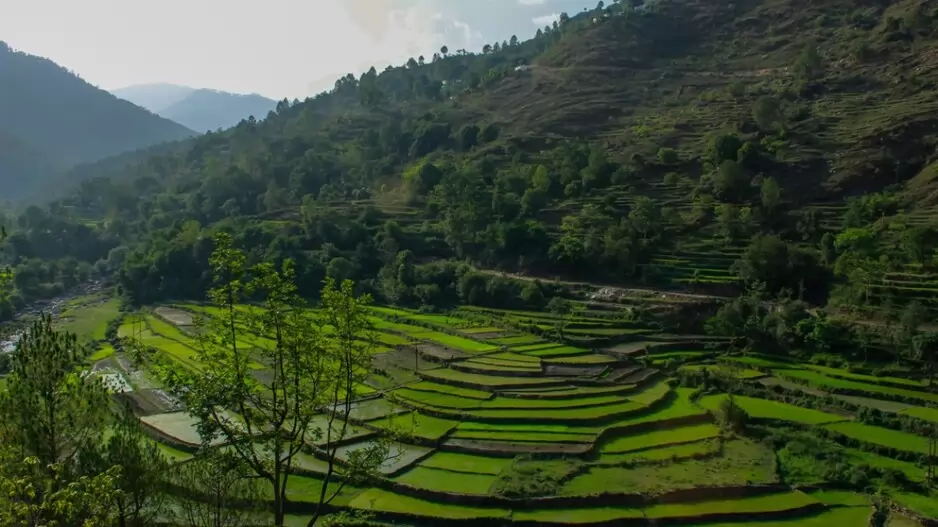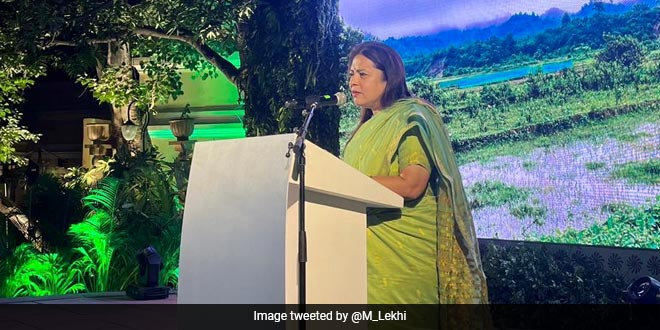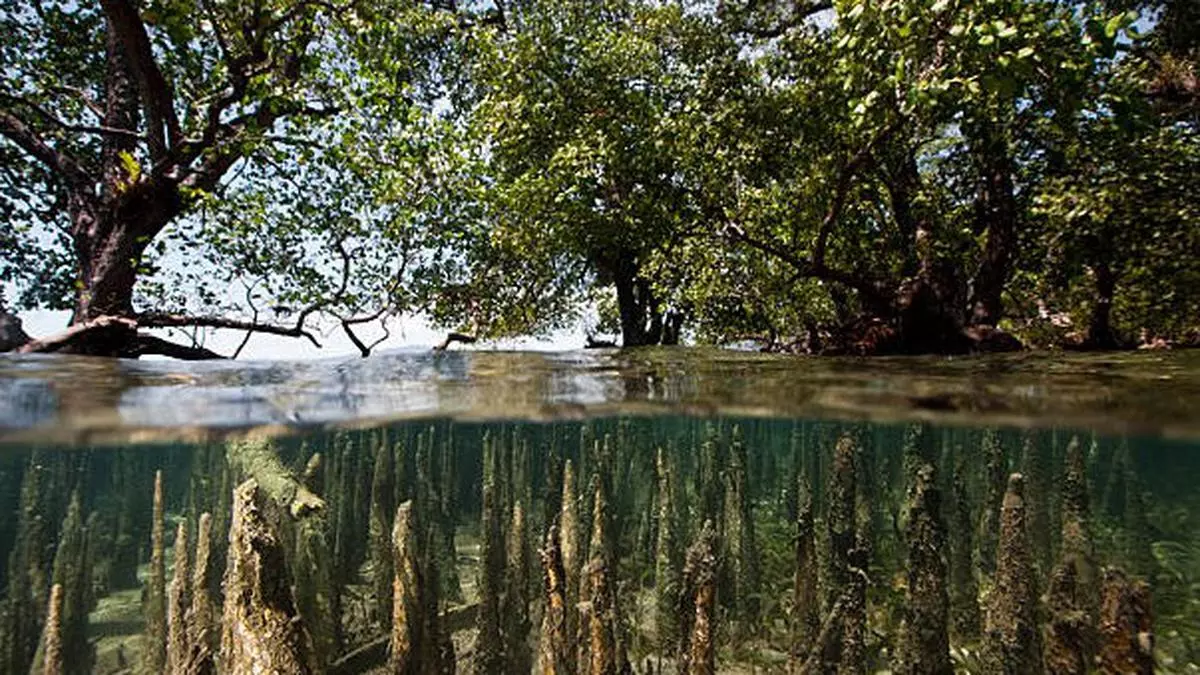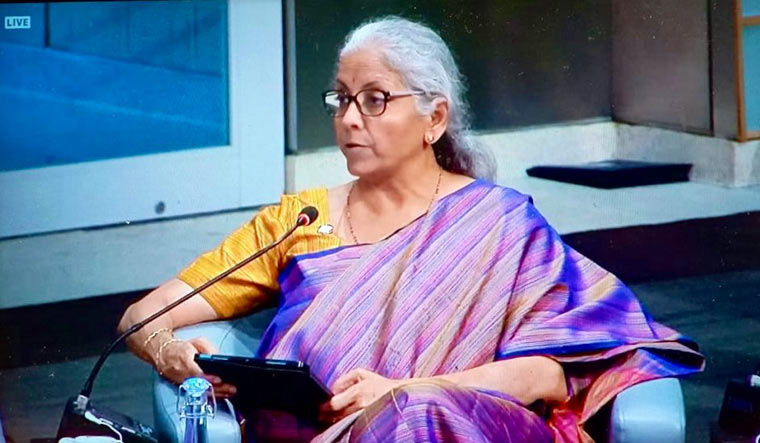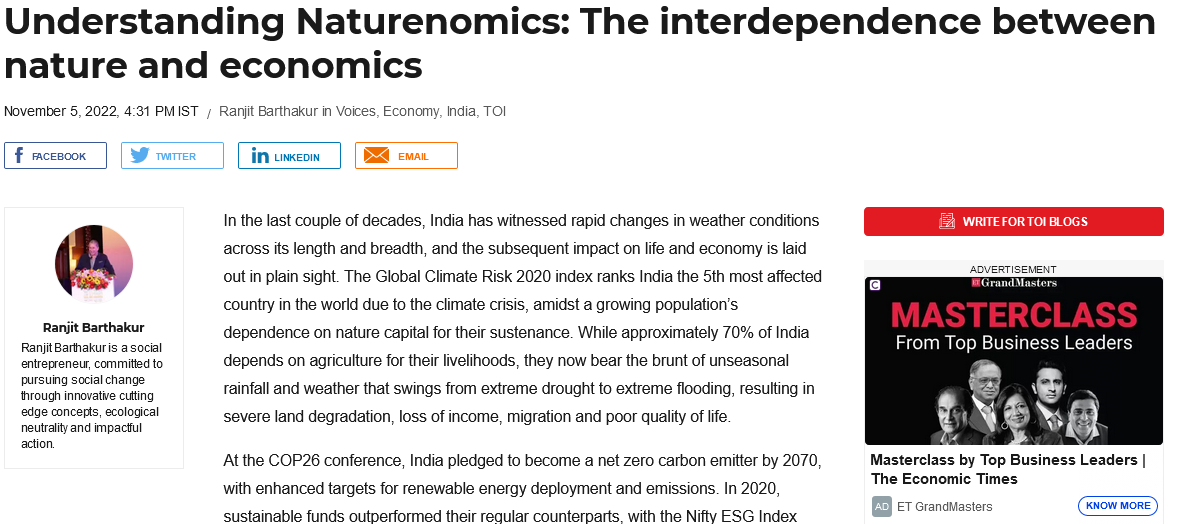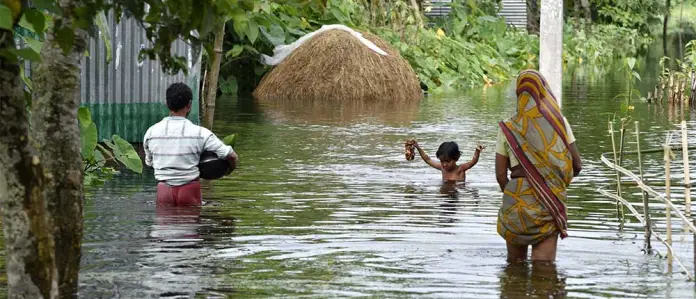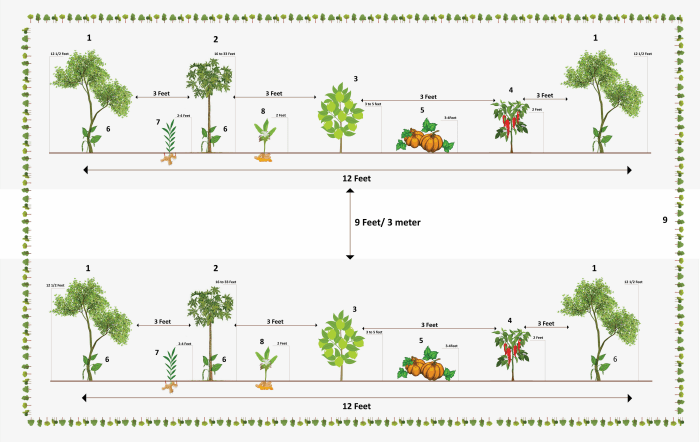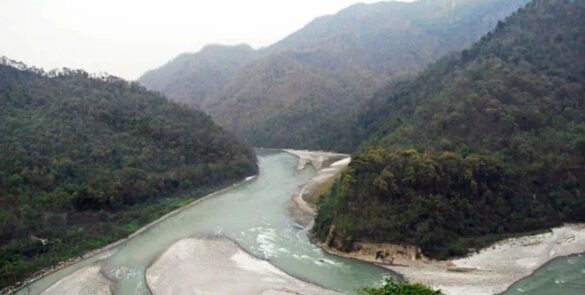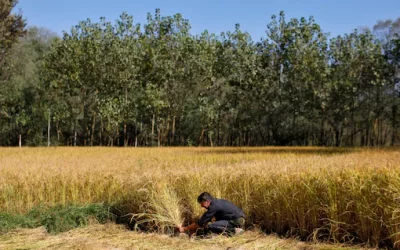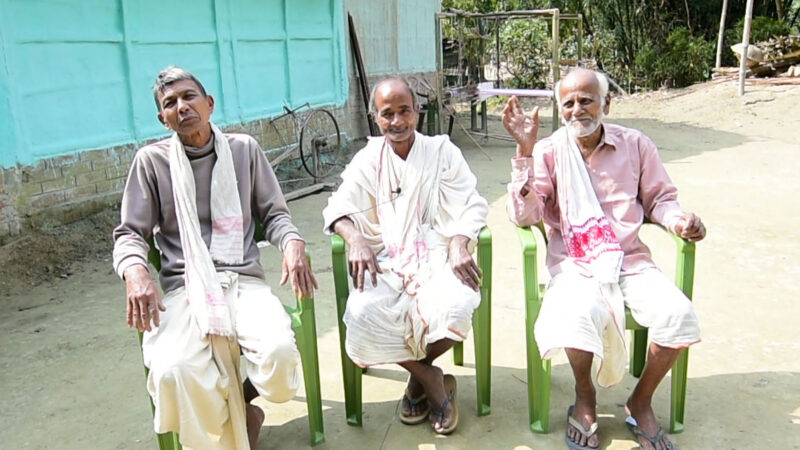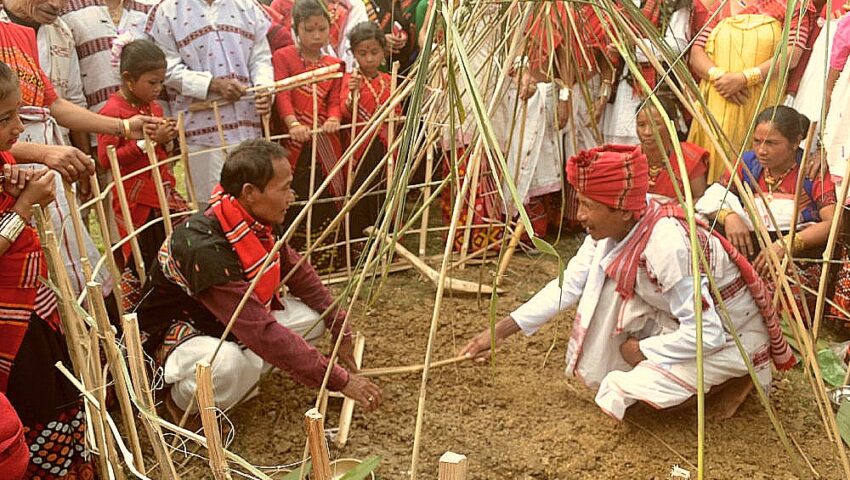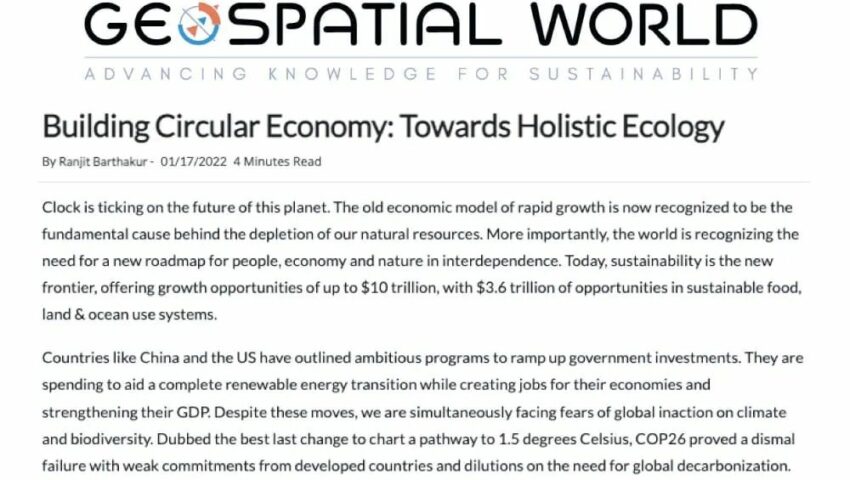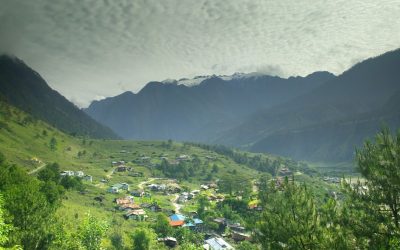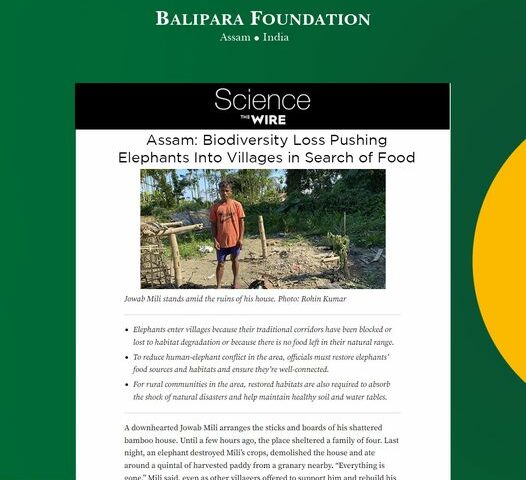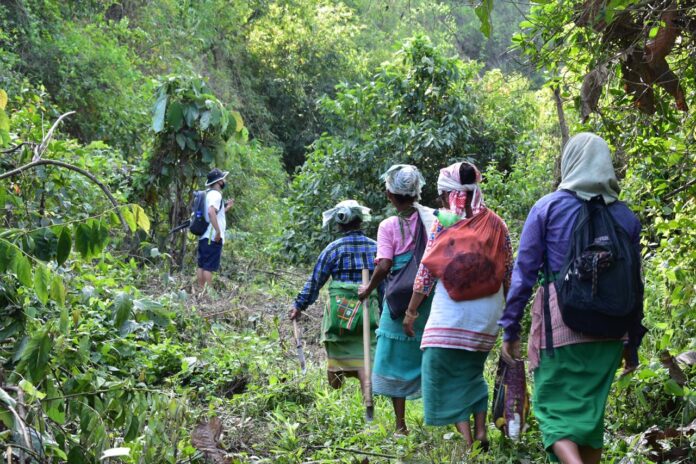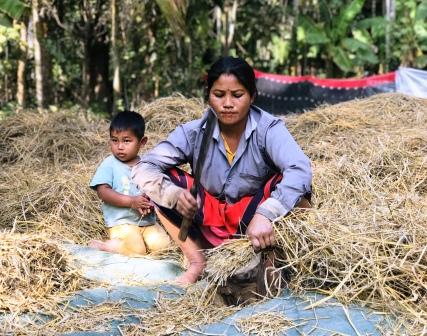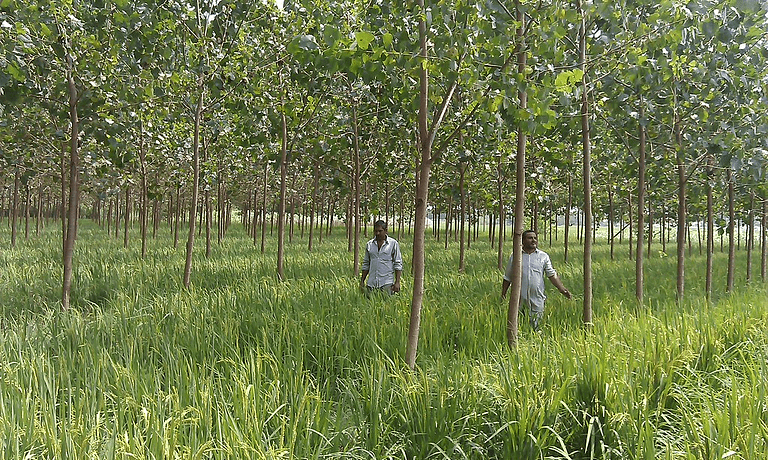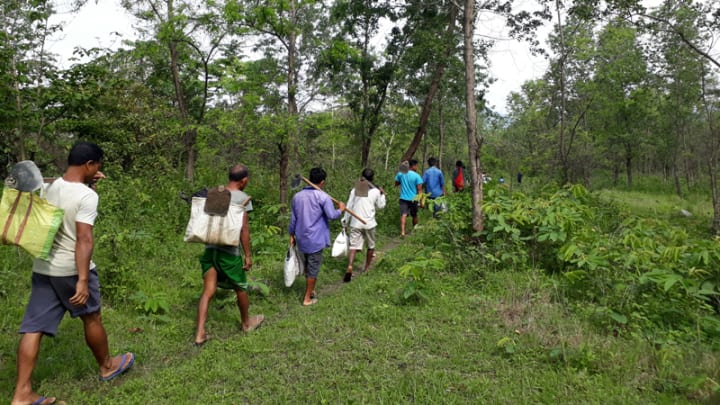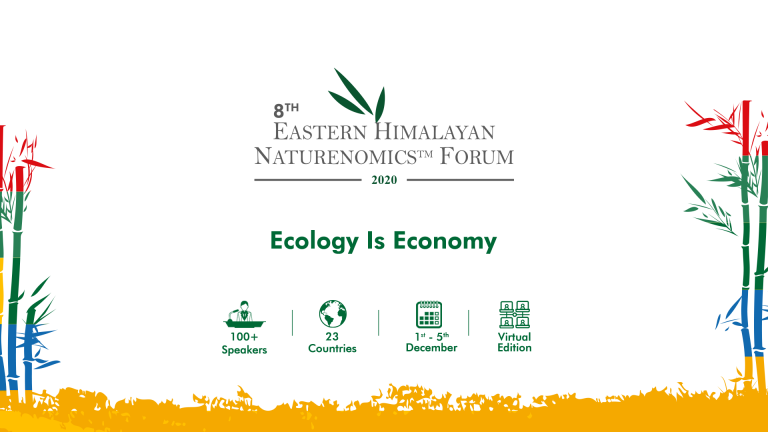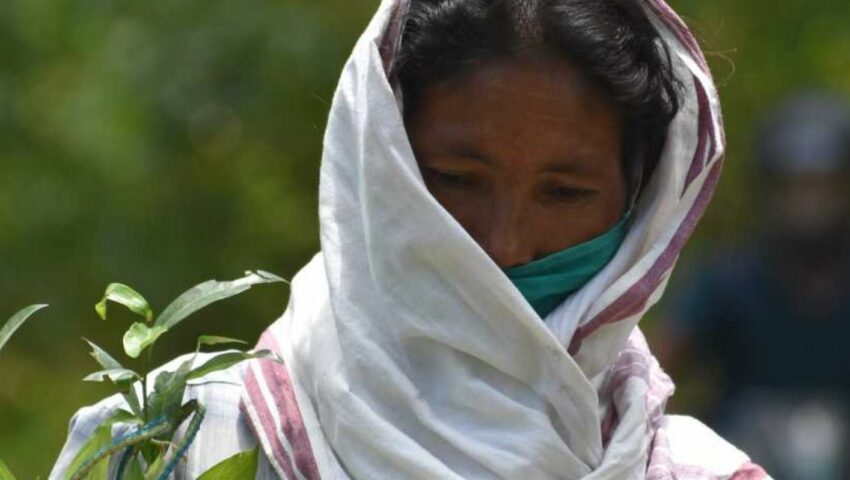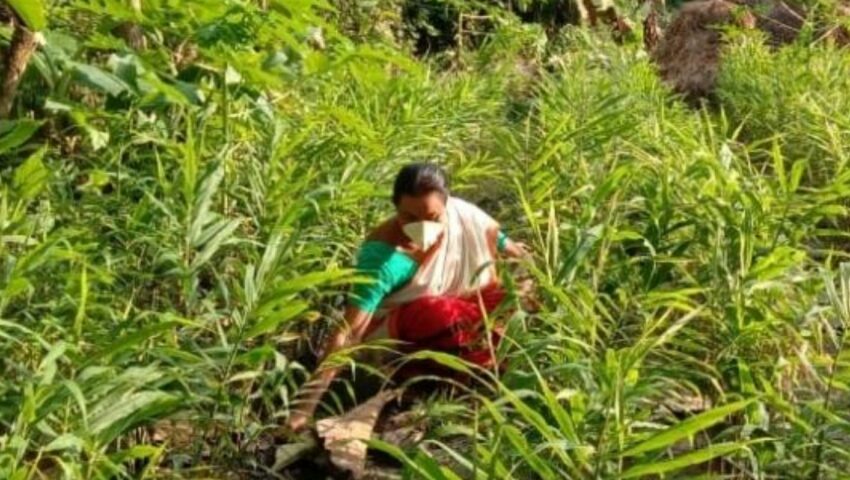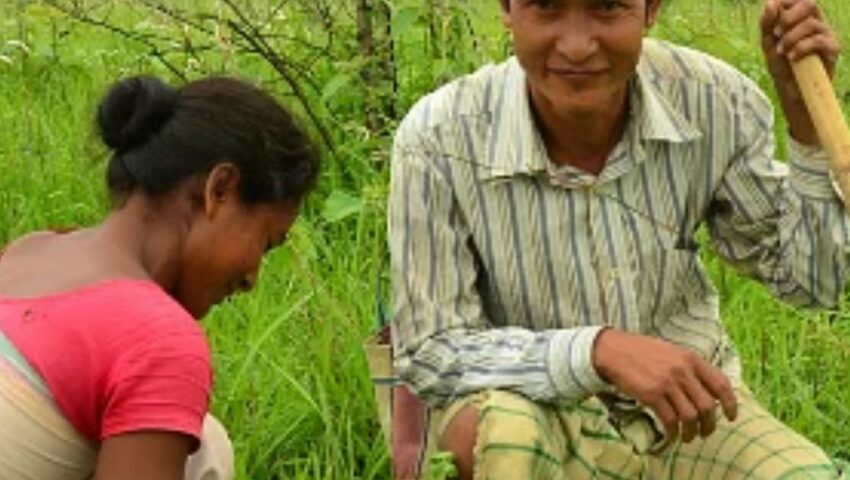The Eastern Himalays lie at the hart of a paradox of our global economy today: the world’s richest natural capital nations, are often amongst its poorest. Some economists call the paradox the resource curse.
The Eastern Himalayan region is inhabited by a large number of ethnic communities who share an independent relationship with her abundant biodiversity in the region. This handbook is a compilation of the commonly used plants for traditional medicines, food and culture by some of the ethnic communities of the Eastern Himalayas – Adivasi, Assamese, Bodo, Garo, Mishing, Nepali and Nyishi.
This volume of The Himalayan explores the needs for the future: the success stories of the Eastern Himlayas that need to be built on, the traditional knowledge and community practices that could transform how we manage our natural assets, the threats and the risks that lie ahead and the most critical needs for policy, people and biodiversity in the coming decade.
This series explores alternate approaches to development highlighting the relationship between ecology and the economy. This compilation is an attempt to pay homage to, and highlight several key challenges involving water, and more importantly addressing these.
Naturenomics™ 6.0
Naturenomics™-6.0 dedicated toThe unique & evergreen forests, The endemic & enchanting biodiversity, The pristine rivers & water bodies, The culturally diverse communities, And to the crusaders of the eastern himalayas, Who are interdependently working towards a secure future.
Mining in biodiversity rich,culturally diverse areas in India leads to large landscape level changes and affects local communities and their livelihood in many complex ways. Naturenomics 4.0-Vol II focuses on ecological and biodiversity around mining.
This series explores alternate approaches to development highlighting the relationship between ecology and the economy. This compilation is an attempt to pay homage to, and highlight several key challenges involving water, and more importantly addressing these.
Mining in biodiversity rich,culturally diverse areas in India leads to large landscape level changes and affects local communities and their livelihood in many complex ways. Naturenomics 4.0-Vol I focuses on social security issues around mining.
Naturenomics™ 3.0 is made up of case studies, our real-time experiences in delivering Naturenomics , together with propositions for practical implementation, where case studies do not yet exist. In this way we are able to illustrate what it would mean for all sectors of industry TM to embrace Naturenomics and what they can achieve economically by putting it into practice.
Naturenomics™ 2.0 reflects the progress we have made and the developments undertaken with the Naturenomics™ model, proposing a stronger link between ecological competitiveness and economic sustainability. In it we promote our inherent belief that to ‘trust in ecology is to trust in future’
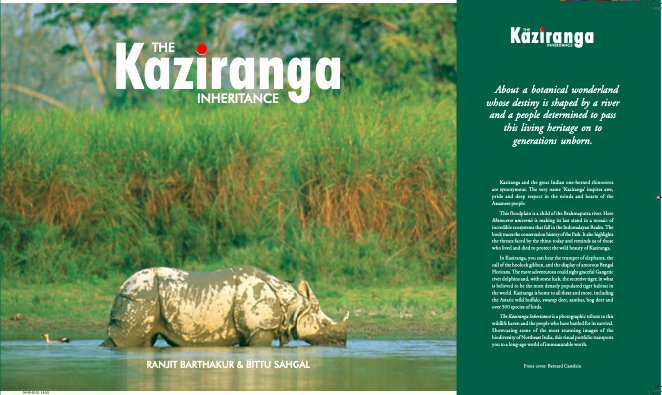
The success of Kaziranga is a tribute to the people of Assam who have shown that as we mould the planet to suit our needs, we can also set aside spaces for the myriad creatures with whom we share our fragile world. As we celebrate National Wildlife Week, We take pleasure in placing in your hands, The Kaziranga Inheritance , a book that is the labour of a love, a shared concern for the environment that has been the hallmark of both Bittu Sahgal and Ranjit Barthakur, crusaders for nature.
A tiny virus has brought the global economy to a standstill, revealing the cracks in the neoliberal economic agenda of the past four decades.We are living on borrowed time, imperilling not only our children – but our own futures. The time to rethink how we use our natural capital is here: we have to take the leap forward to create the Naturenomics™ civilization.
Through the ages we have used nature’s capital to surge economic growth. This use, overuse and misuse have eventually led us on the verge of destruction. However, instead of focusing on the conflict we envision an emerging interdependence between nature and economics which we call Naturenomics™
Journal name – Plants and Environment
Journal name – Plants and Environment
Journal – Bangladesh Association of Plant Taxonomists
Journal of Advanced Plant Sciences
The first edition of the Naturenomics™-Digital-Dialogues-Ushering in the ecological revolution during the ongoing COVID-19 crisis ,explored how we can rethink our use of natural capital, to start a revolution to put ecology back in economy- the Naturenomics™ vision.
An interdisciplinary platform bringing together communities , academicians, conservationists to foster knowledge sharing , for future collaborative efforts on community-led conservation.
2019-20 has been another phenomenal year for Balipara Foundation. As we enter our 2020 vision ,this report reflects on the year gone by and we are humbled by the broadened engagement with our local communities in the Eastern Himalayas with the principles of Naturenomics™ and Rural Futures, the journey has been of constantly seeking to explore innovative conservation models towards uplifting socio-economic mobility and creating natural assets in the forest-fringe communities of the Eastern Himalayas
Our progress and impact report attempts to highlight our initiatives and efforts in the year 2018 and we look forward to working with you all in creating meaningful programmes over the next few years.
With utmost commitment and kindness the following organizations believe that the world’s resources need to be preserved, and have taken concrete steps to put these beliefs into action.
We broadened the scope of the conversation through the theme for 2016 “Moving away from single species conservation to focus on the larger drivers of conservation”. Here are some of the highlights from 2016.
Eastern Himalayan Naturenomics™ Forum 2017 is a candid assessment of the progress on the resolutions of 2016 wherein the most significant achievement from last year’s discussions has been the evolution of the framework of Rural Futures.An insight into how two side have emerged to the human being through evolution – the economic side and the ecological side.
This booklet was specially compiled to capture the spirit of Balipara Foundation & two key events – ‘Elephant Talk: Asian Elephants in the Wild’ and the ‘Balipara Foundation Awards 2014’. Designed and compiled by Balipara Foundation.
We look back at 2020, amidst a one-of-a-kind experience as we live and breathe through a pandemic, the Foundation along with the forest-fringe communities, have not missed a beat in realizing our conservation vision – to keep our Eastern Himalayas a place where nature and people thrive together, restoring habitats and creating natural assets through plantation programmes.
As we step ahead towards our vision and endeavors in shaping a Naturenomics Civilization,we are happy to share stories about some early wins in our projects and successful initiatives and the key highlights of the year 2019
Through the ages we have used nature’s capital to surge economic growth. This use, overuse and misuse have eventually led us on the verge of destruction. However, instead of focusing on the conflict we envision an emerging interdependence between nature and economics which we call Naturenomics™
Telling Nature’s story through compelling & thought-provoking narratives through a compilation of Videos from Eastern Himalayan Naturenomics™ Forum, 2017.
Highlight reports from the elephant conference with digital objectives for the conference.
Budget 2024 Corporate Reactions Live Updates: An interim budget for the fiscal year 2024-25 was presented by India’s finance minister Nirmala Sitharaman ..
By 2030, this initiative will seek to plant 1 billion trees and restore and protect 1 million hectares of land across the Eastern Himalayas, …
Communities are driving change, walking the fine line between economic growth and protecting the forests that keep their soil and water systems healthy
The Eastern Himalayas, known for their biodiversity and culturally rich heritage,, are now facing significant threats due to rampant deforestation and ecological degradation.
Ranjit Barthakur is a social entrepreneur, committed to pursuing social change through innovative cutting edge concepts, ecological neutrality and impactful action.
One challenge is to identify which seeds will be able to survive for an extended period in the seed bank while keeping all the intrinsic traits intact.
A study carried out in 2020 by the scientists of Zoological Survey of India (ZSI) predicted a massive decline of about 73% of the bear’s habitat by the year 2050.
Since the budget 2022-23 sheds light on delivering policy incentives for organic farming, agroforestry, and private forestry for farmers and indigenous communities across the country, Balipara Foundation will leave no stone unturned to contribute their bit in achieving these goals.
One challenge is to identify which seeds will be able to survive for an extended period in the seed bank while keeping all the intrinsic traits intact.
When it comes to predicting the ways of rivers, rains and floods, observations of elders based on their traditional experiences and folk beliefs are still considered credible early warning systems in many villages, even when most villagers today have access to smartphones and weather applications.
What is happening in Assam emphasizes how indigenous people’s farming methods, using organic and traditional techniques, alongside native seed conservation, can help poor farmers better deal with climate uncertainties; and improve biodiversity and food security.
India’s commitment to net-zero by 2070 at COP26 has reignited a global debate on the tension between economic development and ecologically compliant growth.
Clock is ticking on the future of this planet. The old economic model of rapid growth is now recognized to be the fundamental cause behind the depletion of our natural resources.
Climate change is already here in North East India. Governments in the region must invest heavily in creating climate resilient, nature-regenerative economies by rewilding its forests and nurturing the transition to climate-resilient practices like agroforestry.
Elephants enter villages because their traditional corridors have been blocked or lost to habitat degradation or because there is no food left in their natural range.
If incomes are linked directly to the restoration and preservation of nature, the perverse economic incentives that drive habitat destruction can be weakened, if not eliminated.
The National Mission on Edible Oils–Oil Palm was introduced on 18 August by the Cabinet, aiming to reduce overall national dependence on oil palm imports by increasing local cultivation.
The National Mission on Edible Oils–Oil Palm was introduced on 18 August by the Cabinet, aiming to reduce overall national dependence on oil palm imports by increasing local cultivation.
The next 5-15 years are make or break for the NER’s climate longevity. Long-term earning and jobs through sustainable agriculture must take centre stage to build the resilience of local markets through bamboo, rattan and sustainable timber
Farmers across India report incurring losses of up to Rs 7 lakhs while waiting for oil palm to mature.
India has been facing a silent rural employment crisis for years. Farms are increasingly financially unlucrative, leading the rural youth to migrate in search of jobs.
Agroforestry has evolved from being just a major interest in developing nations into a tangible source of revenue generation for the country.
India has been facing a silent rural employment crisis for years. Farms are increasingly financially unlucrative, leading the rural youth to migrate in search of jobs.
Agroforestry has evolved from being just a major interest in developing nations into a tangible source of revenue generation for the country.
Balipara Foundation currently is implementing mushroom cultivation in Assam, aims to scale up approximately 10 mushroom units across the Balipara Reserve Forest area next year.
Rural youth are increasingly moving out of farming, looking for employment in non-farm sectors.
This model is helping us earn revenue by selling in the market and the village, Mushrooms, however, are slowly opening up an alternative livelihood opportunity for struggling farmers.
This model is helping us earn revenue by selling in the market and the village,
Celebrating the warriors who are fighting to limit the destruction mankind has wrought on our planet and salvage something for the coming generations
Keeping the ‘Reimagine. Recreate. Restore’ theme in mind, let’s try to find out ways to be eco-friendly while celebrating World Environment Day
India is not at all equipped to deal with the emerging climate and environmental threats.
The protection of the Eastern Himalayas relies not on the competition between communities and the natural world, but by their co-operation. The Balipara Foundation’s Saurav Malhotra,Joanna Dawson and Ranjit Barthakur explain how
Forests manage natural processes, but they are also frontline buffers against disease outbreaks. on international day of forests, the need to rethink how we study and manage our forests has never been greater.
Sustainable development goals can only be realized when the ground reality unfolds in tandem to the utopian policies deployed by subject matter experts.In today’s day and age, there is a dire need for business to transition into a nature-positive future.
Ranjit Barthakur is the founder of the Balipara Foundation, which drives community-based conservation and livelihoods in the Eastern Himalayas through cutting edge proprietary concepts such as ‘Naturenomics™’ and ‘Rural Futures’ for sustainable social change and thriving habitats.
Founded by Prabir Banerjea and Ranjit Barthakur in 2007, Balipara Foundation is preserving the natural habitats in the eastern Himalayas by engaging local communities in activities like afforestation and agroforestry.
A new species of bioluminescent fungus from the bamboo forests of Meghalaya has been described based on morphological and molecular data. It is the first distributional record of the genus Roridomyces in India.
The Assam-based Balipara Foundation said the way to go forward in the Eastern Himalayas was synergising nature conservation and development with a focus on upward socio-economic mobility through habitat restoration and other ecosystem services in forest-fringe communities.
The first quarter of 2020 ushered in an economic crisis second only to the Great Depression. This is no ordinary crisis, but an ecological crisis of deforestation and wildlife-human virus transmission that has spiralled out of control into an economic crisis.
Change Metre: A conservation effort started in 2005 has transformed a swathe of almost barren land into a biodiversity hotspot in the eastern Himalayas, providing jobs to fringe forest communities and raising environmental awareness.


